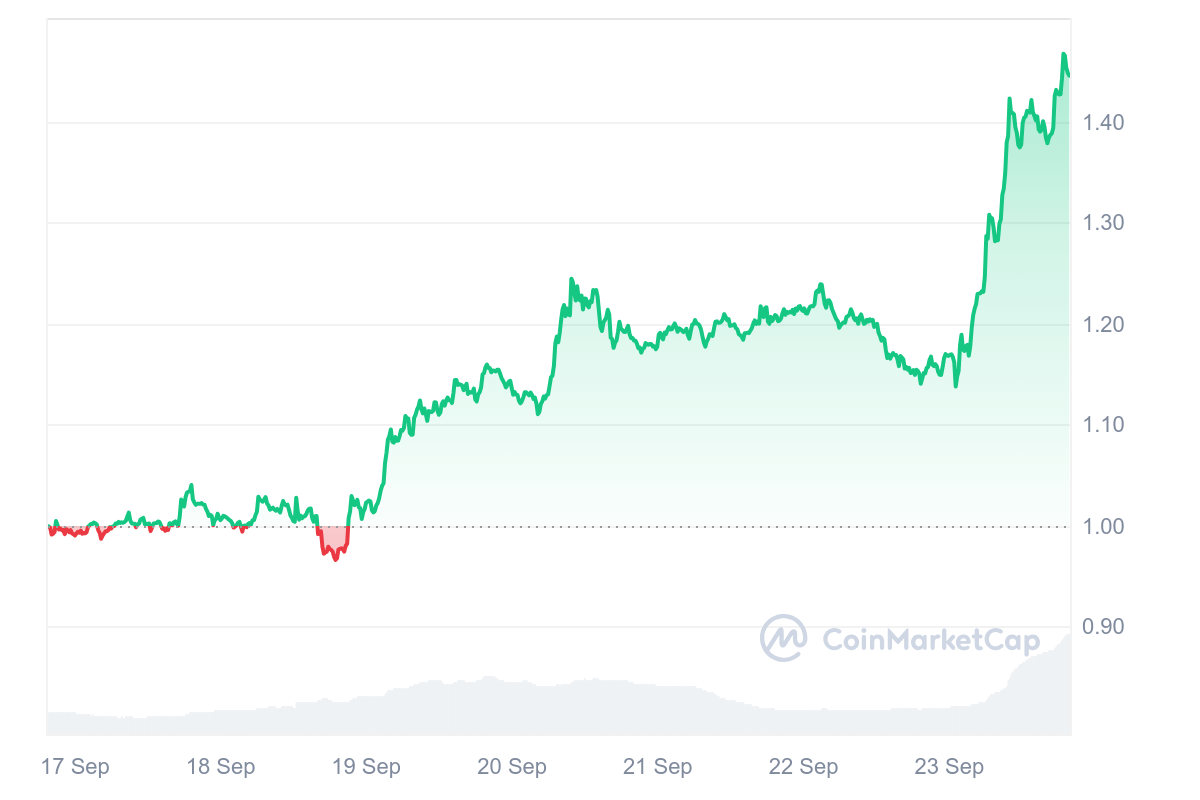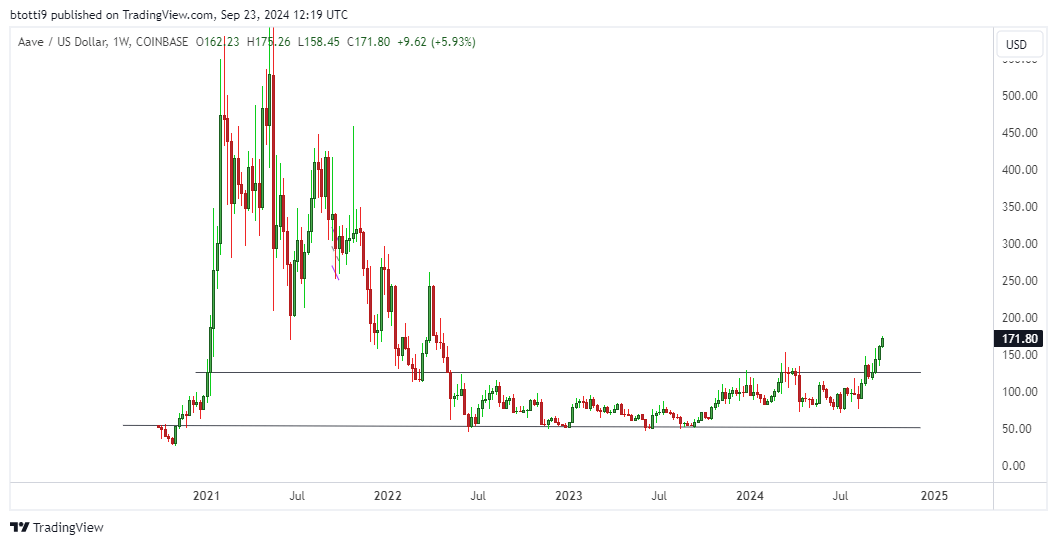- Kraken has closed the acquisition of Dutch cryptocurrency exchange Coin Meester B.V.
- The exchange has been expanding its services across EU ahead of MiCA regulation.
Crypto exchange Kraken has completed the acquisition of Coin Meester B.V., or BCM, a regulated Netherlands-based crypto broker.
BCM has regulatory approval as a registered virtual asset service provider in France and Poland.
This footprint in the Netherlands allows Kraken to offer its services in France and Poland. According to an announcement, the acquisition of BCM will help strengthen Kraken’s efforts to expand its services across Europe.
“The completion of the BCM acquisition is a key milestone in our European expansion, allowing us to leverage our strong footprint and market-leading position in euro volume and liquidity to significantly grow our market share in the years ahead,” Brian Gahan, Kraken’s managing director of Europe, noted in a statement.
Kraken will begin to extend its products to BCM clients in coming months. This will include access to over 200 cryptocurrencies. Users will also benefit from the liquidity, security and customer support available to Kraken’s users.
Kraken’s EU expansion
This deal follows Kraken’s expansion efforts across Europe as the industry eyes compliance with the European Union’s Markets in Crypto-Assets (MiCA) law.
Currently, Kraken provides VASP services either directly or through different partnerships across the EU. Countries where the exchange offers its services include Germany, Spain, Italy, the Netherlands and France. The crypto exchange also now offers its services in Ireland and Poland.
In Belgium, Kraken operates through its VASP platform in Ireland.
The post Kraken completes acquisition of Dutch crypto exchange BCM appeared first on CoinJournal.


